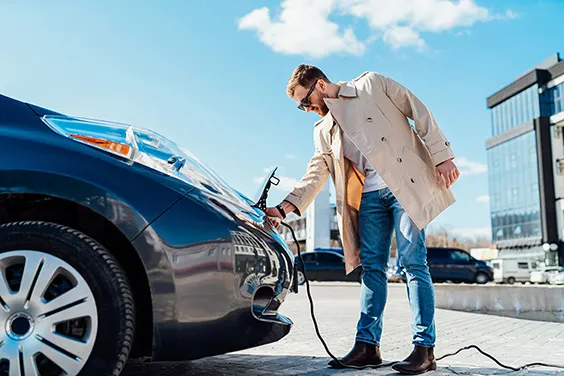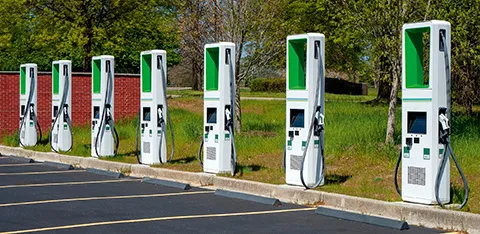EV owners admit they couldn’t survive without home charging
- Only 14% of EV drivers are using public charging points as their main energy source. The vast majority (69%) primarily charge off-street at home, raising questions about “the driveway divide” between those who have off-street parking and those who do not.
- Over half (52%) of UK electric vehicle (EV) drivers say they would face significant difficulties relying solely on the public charging network.
- Despite this, drivers remain optimistic about the future for EV adoption in the UK, with over four-fifths (82%) saying they expect charging infrastructure to improve over the next three years.
Zenith calls for lower taxes, faster roll-out and a better service to help drive forward the EV transition
Despite the rapid growth in the number of public chargers, over half (52%) of electric vehicle (EV) drivers say they would face significant difficulties solely using the public charging network, according to new research.
The EVXperience Report (EVX2), published by Zenith, the UK’s leading independent leasing company, polled nearly 2,800 of Zenith’s EV customers on their experience of driving an electric vehicle.
It found that 69% of drivers primarily rely on charging off-street at home, with only 14% using the public charging network as their main energy source. This presents a risk of a “driveway divide” between those who have off-street parking and can use home chargers and those who rely on the significantly more expensive public network.
Range and charging concerns continue
The research found that, since last year’s debut EVX report, EV drivers have become less satisfied with the range of their EVs (7.7/10 down to 6.7/10), and the experience of charging, reducing from 8.1/10 to 7.4/10.
However, despite these concerns, EV drivers remain optimistic about the future for EV adoption in the UK. Over four fifths (82%) say they expect the charging infrastructure to improve over the next three years, suggesting “range anxiety” may decrease as the size and quality of the charging network grows.
“The number of battery EVs on the road has increased rapidly, so it is no surprise that building a public charging network to support it was going to be a huge undertaking.
“Progress is being made, with the number of charge points growing 46% in January 2024 compared to last year, and multiple new innovations in play, such as converting BT green boxes into charging hubs.
“But, there is a serious risk that the EV transition will be delayed if worsening public perceptions of the network are not addressed. To get there, we need the Government to equalise VAT on public charging, an opportunity missed in the Budget last week, and boost capacity by speeding up grid connections for charge point providers.
“As for the providers themselves, they need to offer a consistent, reliable and user-friendly experience that doesn’t let drivers down when they are making a longer trip. Through cheaper pricing, faster roll-out and a better service – we can help drive forward the EV transition.”
Tim Buchan, CEO, Zenith


Is the two car family holding back the EV transition?
Despite the increasing take-up of EVs, according to the 2024 data, families are still reluctant to rely on them for longer journeys. Over half (51%) of EV drivers surveyed said they still have a second vehicle which is petrol/diesel. The vast majority (73%) have no plans to get rid of these and go fully electric any time soon, suggesting the “two-car family” could be holding back the EV transition.

THE EVXPERIENCE REPORT
Welcome to Zenith’s second report into the lives and experiences of the UK’s Electric Vehicle (EV) drivers. We conducted an independent survey of nearly 2,800 of Zenith’s electric car customers. Our research aims to delve into the day-to-day realities of what it’s like to drive an electric vehicle and, crucially, to enable us to track how these attitudes evolve over time.



